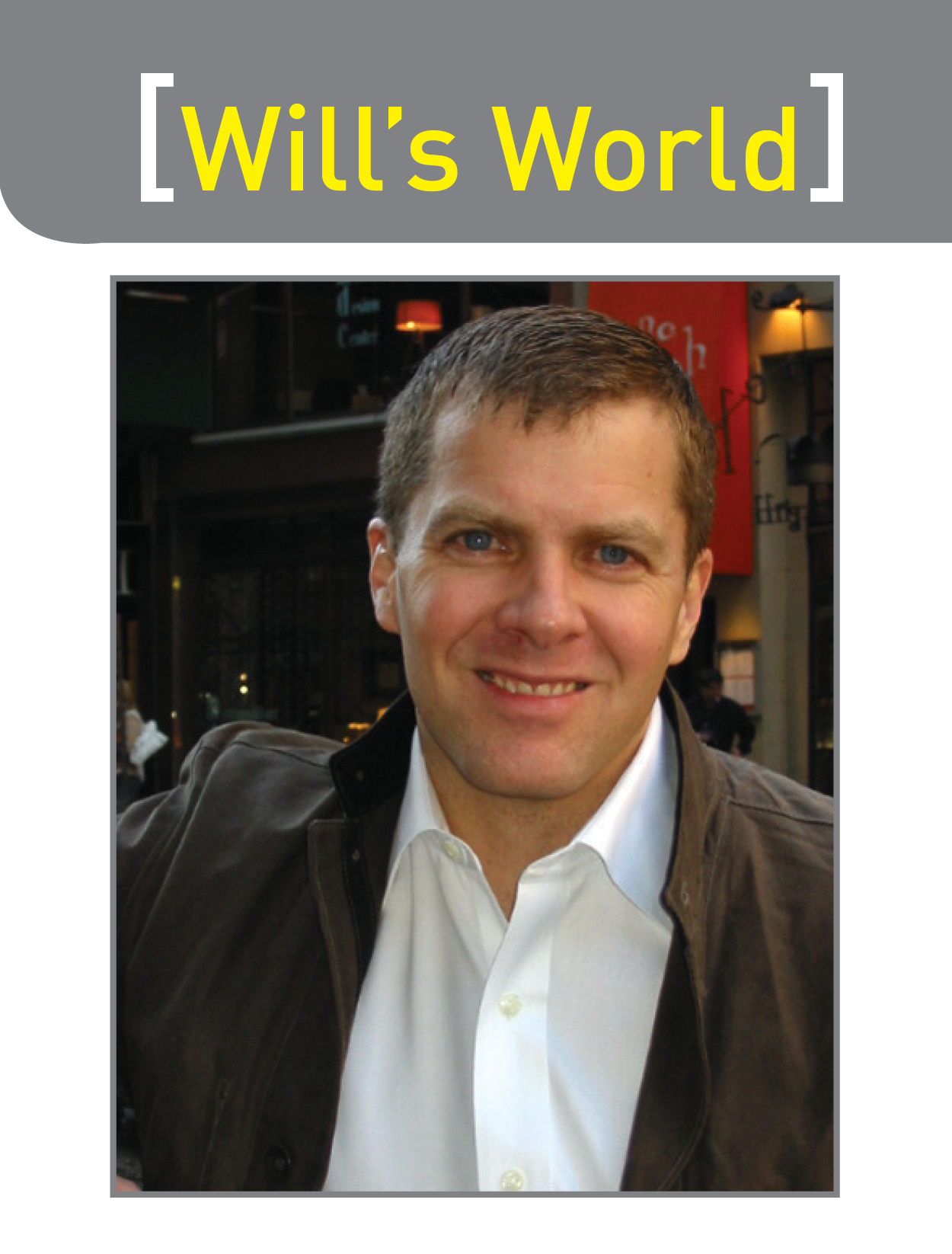James Lipton is the dean emeritus of the Actors Studio Drama School at Pace University in New York City. Pleasantly plump, bespectacled, balding with a trimmed beard and moustache, Lipton is best known as the host of the Bravo cable television series Inside the Actors Studio, which debuted in 1994.
With a distinct style that has been parodied by many of the biggest names in comedy (most notably by Will Ferrel on Saturday Night Live), Lipton uses a sonorous voice and a quiet intensity to interview successful and accomplished actors, directors and writers; he lends himself to satire because of two things: his tendency to fawn over his guests (he has been accused of excessively praising some relatively banal film and television performances) and his ability to bring his guests to tears as they recall intensely personal moments.
John Nimick only vaguely resembles Lipton—John is much more athletic, doesn’t wear glasses and is not follicly challenged—but he carried off a surprisingly good impersonation this past Saturday evening while interviewing former top pros Peter Nicol and Chris Walker. Lipton’s television show actually is a non-credit course at the school intended to allow its acting students to hear Lipton’s interviews and occasionally ask questions themselves. With this in mind, John decided to do his own version of Studio at the end of the middle day of the June session of the Nicol Champions Academy, a three-day adult squash camp held at The Hotchkiss School in Lakeville, Connecticut.
The twelve students, four coaches, two directors, one guest, and a few camper family members all were gathered at a house near the Hotchkiss campus for an evening barbecue and beers when Nimick, one of the camp directors, asked everyone to go gather on the porch and face two stools where he placed Walker and Nicol.
The middle day was the longest day of the three-day weekend, and it had started off rather innocuously with some stretching and limbering exercises followed by an hour of stroke work on basic rails and crosscourts. With one instructor for each group of four students (Sean Wilkinson, a former Bates star and current coach at Brown, was the third teacher), the stroke production improvement was palpable even over the course of the first hour. Each succeeding drill pattern built on the one previous so that by the end of the morning session, the twelve students were doing fairly complex three-person drills—and doing them well.
Just before the mosquitoes really started to bite, John asked his first question, and it was right out of the Lipton playbook: “Peter, what is your favorite color?” Everyone who was familiar with the Lipton show laughed—even more so when Nicol replied with utmost earnestness and sincerity “Yellow,” and left it at that.
During the day, though, Peter hadn’t been shy about elaborating. In fact, Nicol and the other two coaches had been able to explain both stroke and movement concepts with such clarity and insight that even one well-schooled guest was able to learn a number of new concepts. During the lunch break, students watched Nimick (one of the best hardballers of all time) play a former US No. 1 softball player. After that exhibition, many of the students took turns playing games against the guest and with each other through the 90 minute break.
“What player did you least like playing against?” asked Nimick. Walker’s answer was based primarily on a clash of personality and a difference in values (“I didn’t love his tendency to keep playing after the ball had bounced twice”) while Nicol chose someone whose strokes he could not read (“I really can’t understand it, because players that I have no problem beating have no trouble reading his game, but for some reason, I cannot figure out where he is going to hit the ball”). Who would have thought that?
The afternoon session was more movement drills followed by an Endless Game to 50 points. The rules had to be explained about four times (pairs play until one gets to a multiple of five, players carry their own score with them, winners stay, losers walk) but actually playing the game was much more straightforward. There were seven courts going and when someone left one court, they were back on another within a few seconds. By this time, however, everyone’s legs were starting to fade, and there were lots of laughs and groans when the points lasted more than a few shots.
“What was the funniest thing that ever happened to you on a squash court?” Nimick asked Walker. Chris told about a point he once played about eight years ago where no matter what he tried, he could not get the upper hand. He was being dominated and yanked around “like a yo-yo.” It went on so long that the crowd started to laugh during the point. After making a backhand retrieve near the front wall, Walker turned to the front wall and started turning to his forehand with the hope of volleying a loose crosscourt. His opponent, deciding finally to end the point, instead hit a hard shot behind Chris. With his racquet straight out prepared for a forehand volley, Walker continued a pirouette toward the back wall and without seeing the ball, hit the ball on the opposite side of the racquet face for a perfect rail volley winner. “Now, that was pretty funny, I think,” he said.
With that blissful fatigue that comes from having physically exerted oneself beginning to settle in on the group, with dusk finally starting to fall, and with the buzz of the mosquitoes beginning to swarm in, Nimick brought the Studio session to a close.
When Lipton ends his sessions with actors, the audience is more appreciative than most. While they dream of achieving what the guest celebrity already has, their study of the craft gives them a glint of understanding of what the actor has accomplished.
On a Connecticut porch, a bunch of squash campers similarly laughed and clapped with genuine admiration; after their long day, they were beginning to understand. And it somehow mattered more. Lipton would have been proud.



